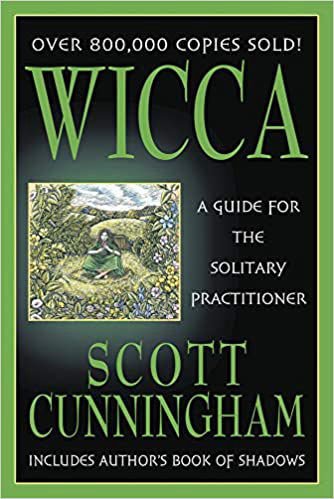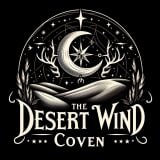Copyright © 1989 Scott Cunningham
In Wicca, a circle is typically nine feet in diameter, though the size can vary depending on the purpose of the circle, and the preference of the caster.
Some varieties of Wicca use the common ceremonial color attributions for their "quarter candles:" yellow for Air in the east, red for Fire in the south, blue for Water in the west and green for Earth in the north (though these attributions differ according to geographical location and individual philosophy).
The common technique for raising energy within the circle is by means of a cone of power.
The barrier is believed to be fragile, so that leaving or passing through the circle would weaken or dispel it. This is referred to as "breaking the circle". It is generally advised that practitioners do not leave the circle unless absolutely necessary
In order to leave a circle and keep it intact, Wiccans believe a door must be cut in the energy of the circle, normally on the East side. Whatever was used to cast the circle is used to cut the doorway, such as a sword, staff or knife (athame), a doorway is "cut" in the circle, at which point anything may pass through without harming the circle. This opening must be closed afterwards by "reconnecting" the lines of the circle.
The circle is usually closed by the practitioner after they have finished by drawing in the energy with the athame or whatever was used to make the circle including their hand(usually in a widdershins, that is counter-clockwise, fashion). This is called closing the circle or releasing the circle. The term "opening" is often used, representing the idea the circle has been expanded and dissipated rather than closed in on itself.


